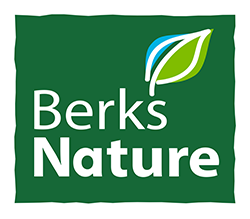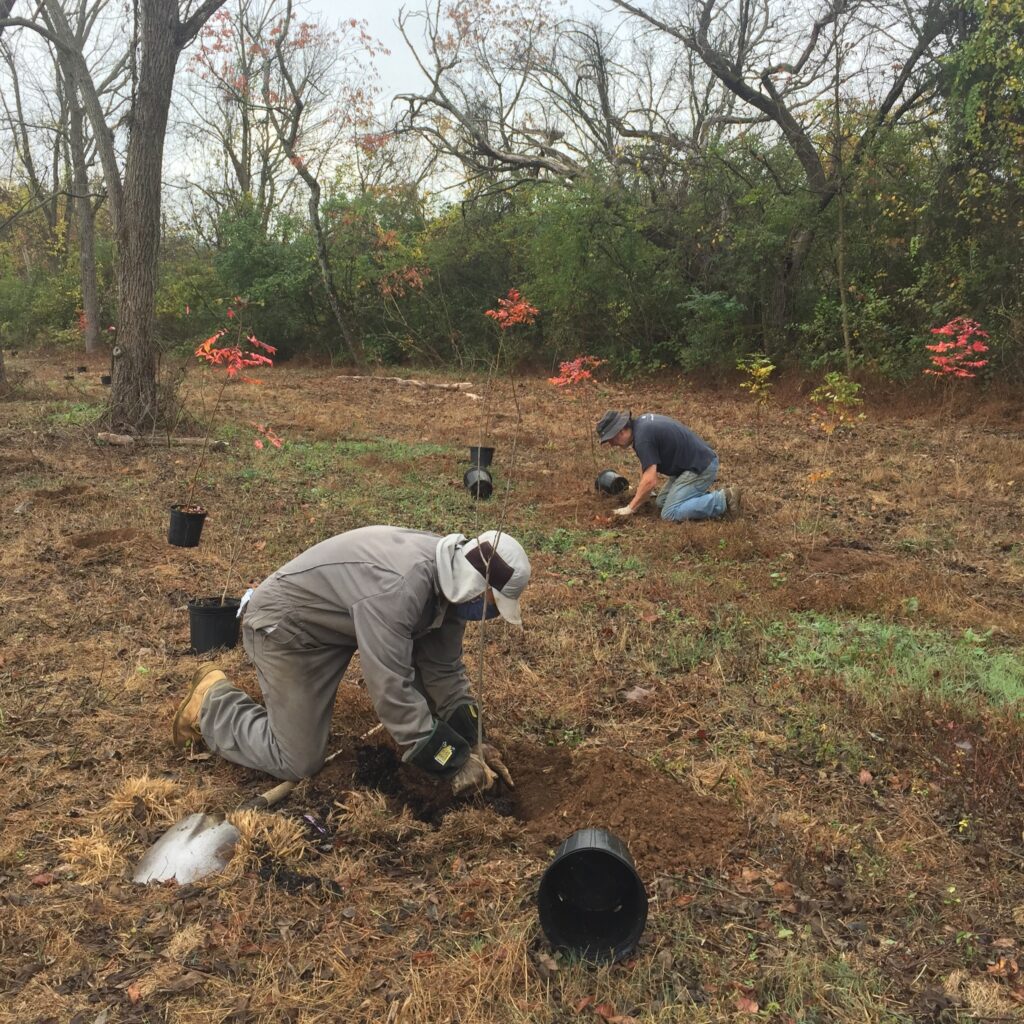The TCWA values healthy rivers and clean water; we strive to instill this same value in the hearts and minds of the Tulephocken Creek community. This mission is advanced through educational outreach, promoting sustainable living habits, the joy of outdoor recreation, and finding harmony with our natural world.
Asociación de la Cuenca del Arroyo Tulpehocken
Quiénes somos
Where We Are
Given its name by the Indigenous peoples of southeastern Pennsylvania, the watershed’s original stewards, “Tulpehocken,” translates to “Land of Turtles”. With headwaters originating in the foothills just west of Myerstown, the Tulpehocken Creek runs east until it reaches the City of Reading, where it flows into the Schuylkill River, a main tributary to the Delaware River. Altogether, the total drainage area for the Tulpehocken Creek covers 352 square miles (225,000 acres) and contains 113 miles of streams.
The main corridor of the Tulpehocken Creek is about 40 miles long, of which 29 miles are designated as a Pennsylvania Scenic River, a title intended to protect the natural, aesthetic, and recreational values of the waterway. The Tulpehocken Creek Corridor was found to satisfy eligibility criteria for Scenic River Designation for its historic, wildlife, vegetative, recreational, and cultural values.
The river winds through a varied geography, flowing through several towns, across large swatches of active agriculture, and through a large reservoir, Blue Marsh Lake, which was constructed by the Army Corps of Engineers in the 1970s and is used today for recreation, flood control, and as a drinking water supply.
Here in the Tully, heritage and nature intertwine and tell a story of how our local culture was born, and this seamless union of history and recreation is at the core of much of the County’s parks, trails, and PA game lands.
Dive deeper into the history of “the Tully” by reading more below!
Historical Heritage in the Tulpehocken Watershed
The Tulpehocken Creek watershed in south central Berks County was settled through land grants from Thomas and Richard Penn in 1733 by German farmers and artisans who arrived from upstate New York. Prominent among the early settlers was John Hiester. At one time the Hiesters owned thousands of acres along the Tulpehocken and built several mills. Peter Herbein owned quarries, a distillery, and a mill.
Properties listed on the National Register of Historic Places – which lie along the Tulpehocken Creek – include Wertz’s Covered Bridge; Gruber Wagon Works; Reiser Mill; and Rieser-Shoemaker Farm.
Wertz’s Covered Bridge (1867), known locally as the Red Bridge (road closed to vehicles), is one of the longest one-lane covered bridges in Pennsylvania. Stretching 204 feet across the Tulpehocken Creek, it serves as a link between Bern and Spring Townships. It was erected in 1867 using the Burr Arch-Truss construction design. In 1979, the bridge was placed on the National Register of Historic Places.
El Centro del Patrimonio de Gruber Wagon Works Berks es un hito histórico nacional. Es el ejemplo más completo de una manufactura rural integrada de su tipo en la nación.
Howard Hiester Canal Center houses the largest private collection of 19th century canal memorabilia in America. Canal artifacts from the Schuylkill Navigation Company and the Hiester Boatyard include the houseboat “Mildred” – which plied the Schuylkill Canal between Reading and Philadelphia, a toll collection booth, and a pilot house from the tugboat “Dolphin”.
The Union Canal (est. 1827) was 79.5 miles in length and ran from Reading on the Schuylkill River to Middletown on the Susquehanna River. The canal towpath that paralleled Tulpehocken Creek has been repurposed for use as the 4.5 mile county-owned Union Canal Trail that connects the City of Reading to Blue Marsh Park and Recreation area.
El área que rodea esta sección del arroyo Tulpehocken alberga muchos de los activos históricos y recreativos del sistema de parques del condado. El Centro del Patrimonio del Condado de Berks, el Área Recreativa de Gring's Mill, el Área Recreativa de Red Bridge, el Área Recreativa de Stonecliffe y los campos de atletismo de la Instalación Recreativa Juvenil.
The story of the Tulpehocken Creek Watershed would not be complete without mention of Blue Marsh Lake which was constructed by the Army Corps of Engineers in the 70s for flood control, water supply, and water quality and has since evolved into a regional and State recreational hot spot for fishing, swimming, boating, hiking, picnicking, biking, running, horseback riding, leisure, and bird watching.
Land was acquired by the government and properties demolished in Jefferson, Penn, Bern, Lower Heidelberg and North Heidelberg townships, and Bernville Borough. Blue Marsh was the name of the village, in Lower Heidelberg Township, that was located where the lake now is. According to the Army Corps’ website, the dam is “located on the Tulpehocken Creek and the project’s water control practices benefit the downstream communities of Reading, Birdsboro, Pottstown, Conshohocken and sections of Philadelphia.” The lake property offers “over 36 miles of trails, 6200 acres of land, 1148 acres of water, picnic areas, a small beach and boat launches.” The dam is “an earth fill dam that is 1,775 feet long, 98 feet high and can hold upwards of 16.28 billion gallons of water. During the summer months, the water level is maintained at 290 feet above sea level. In the winter the lake is drawn down five feet to provide for additional flood water storage.”
Blue Marsh Lake sees hundreds of thousands of visitors seeking outdoor recreation each year.

Hacerse socio
The Tulpehocken Creek Watershed Association typically meets on the 1st Thursday of each month at 6:00 pm at The Nature Place in Reading, PA. TCWA members often enjoy education outings outside of these monthly gatherings.
For more information on becoming a member or getting involved, join us at an up-coming meeting or contact Beckey Seel, Berks Nature’s Volunteer Coordinator.
Beckey.Seel@berksnature.org
610-372-4992 x103
What We Do
As a program of Berks Nature, the Tulpehocken Creek Watershed Association (TCWA) is dedicated to monitoring, conserving, and restoring the Tulpehocken Creek watershed’s exceptional rivers and streams.
Current Projects
Harmful Algal Blooms at Blue Marsh Lake
The excessive nutrients entering Blue Marsh Lake have led to the development of algal blooms. Algal blooms occur when certain types of algae grow rapidly, often forming visible green, blue-green, or red scum on the water’s surface. These blooms can have numerous negative impacts on water quality, aquatic life, and human health.
Based on this initial (and limited) sampling, the mainstem Tulpehocken Creek is by the far the most significant contributor of nutrients for Blue Marsh Lake (both in concentration and volume). Additionally, phosphate concentrations in a majority of the streams feeding Blue Marsh Lake appear to be at a lower level today compared to the 30-year average. However, nitrate levels appear to be higher on six of the streams tested in 2023.
Continuous monitoring is necessary to improve the accuracy of this assessment and to better quantify the quantity of nitrates and phosphates entering Blue Marsh Lake. But it does appear apparent even at this time that more must be done to reduce Blue Marsh Lake’s nutrient inputs.
TCWA plans to continue its collaboration with Blue Marsh Lake in 2024, monitoring the water as well as investigating and exploring possible solutions for addressing the harmful algal blooms.
Native Flower Garden at Blue Marsh Lake
The first seeds of the idea were planted last winter, following Berks Nature’s State of the Environment Breakfast, which had featured Doug Tallamy, an expert in restorative horticulture and author of the New York Times Bestseller, Nature’s Best Hope. The membership of the Tulpehocken Creek Watershed Association (TCWA) wanted a restoration project that showcased native landscaping, and the garden at Blue Marsh Lake’s Visitor’s Center needed an update.
Rich Willingmyre took the lead planning out the new native garden. With 10 years of experience landscaping with native plants on his own property, Rich brought both a passion and grounded experience to guide the effort. He suggested plants based on light exposure, soil type, wildlife value, and a “wow” factor to delight the Blue Marsh Lake visitors.
But the true strength of this project lies in the collective participation of the full TCWA membership and their partners at Blue Marsh Lake.
First, Jeffrey Piscanio and Brianna Treichler, Natural Resource Management Specialists for the U.S. Army Corps of Engineers at Blue Marsh Lake, got to work removing the overgrown foundation planting, which included invasive species like burning bush. Then Rich put together a new, native-focused planting plan, intentionally leaving the north-facing side of the bed blank to let others improvise and fill in.
After months of planning, the Visitor’s Center garden was prepped and planted in September by the TCWA and Blue Marsh Lake staff. Even the public were invited to join in the fun as a special activity offered during Blue Marsh Lake’s celebration of National Public Lands Day.
Now, garden is well on its way now to both showcasing the unique, round architecture of the Blue Marsh Lake Visitor’s Center and to providing a real ecological benefit to the surrounding ecosystem.


















